Overview
Face masks can be effective for curbing the spread of the virus when used along with social distancing. The mask prevents Covid-19 infected people from unknowingly passing along the virus. Surgical or home-made masks have limitations in preventing infections. The masks aren’t the only important protection against the coronavirus. Putting a face mask does not mean to stop following the other practices such as social distancing or washing your hands often or not to touch your face. All of that is still needed, mask is just an add-on.
Also Read:-Role Of Women In The Family!
- Face mask
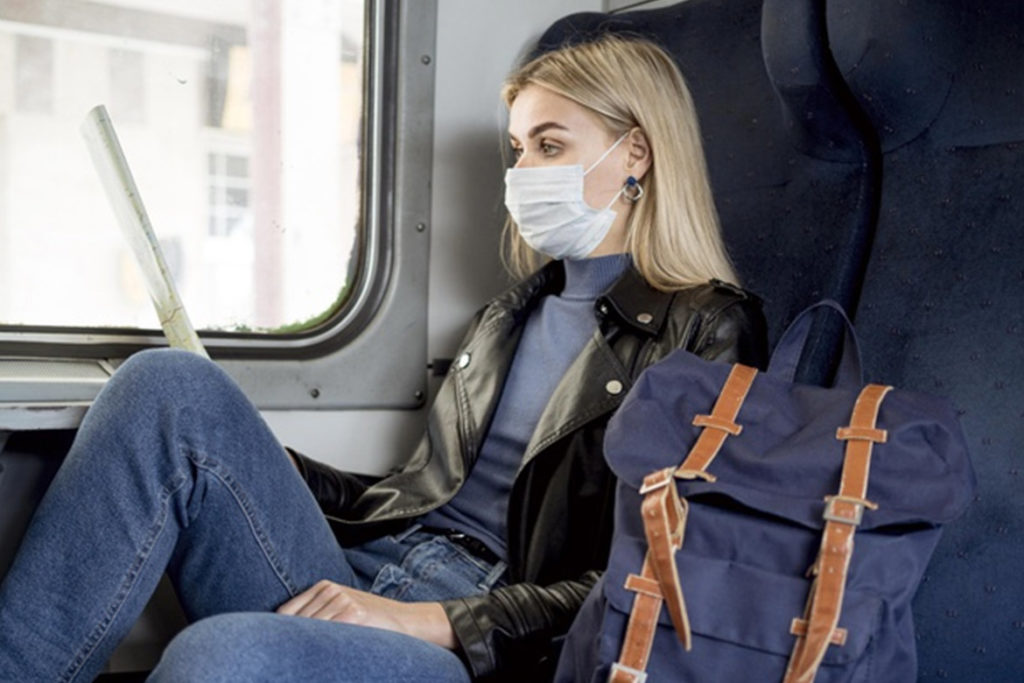
Recommendations about masks may get confusing because all masks are not equal. There are three types to know about.
- Cloth face coverings or masks
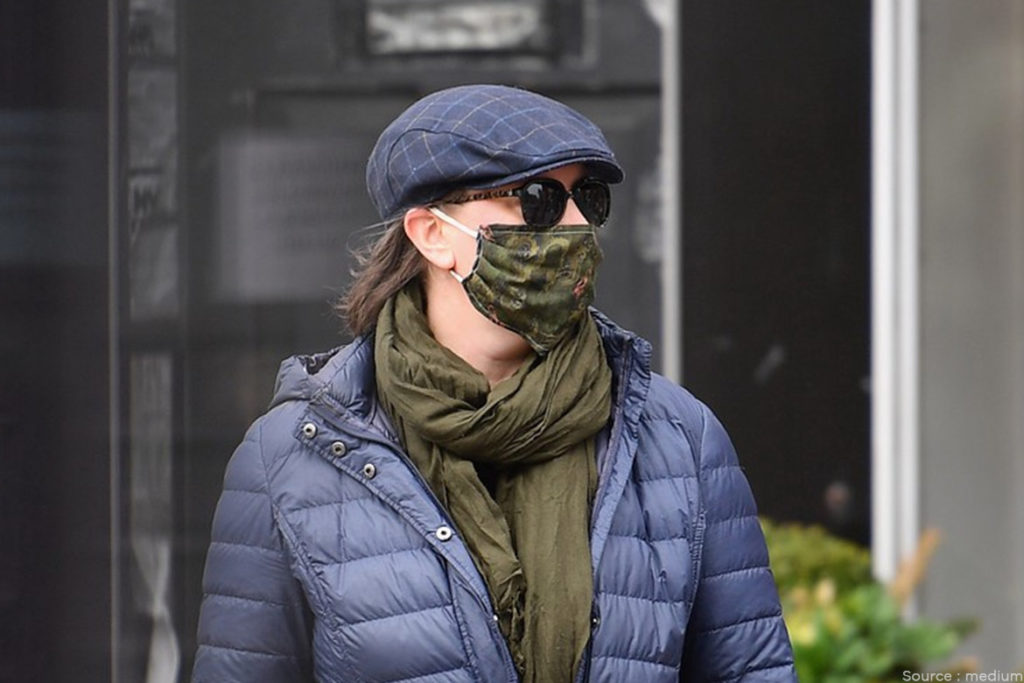
Cloth face coverings or masks can be used in public places such as grocery stores and malls where you may be in close contact with others and it’s difficult to maintain social distance. Put Face mask whenever you are within proximity of other individuals. The protection offered by the Cloth face mask is not as par of surgical face masks or respirators. However, when worn properly, it can still help reduce the community spread. They prevent asymptomatic people from transmitting viruses via droplets. You can prepare a mask at home with a few basic materials, such as cotton fabric. It should fit snugly against the face, covering both the nostrils and mouth. Use ear loops to keep them in place. Avoid touching your nose, mouth, and eyes while removing the mask. Avoid using cloth face masks in children below 2 years of age, people with breathing issues, and people who are unable to remove their masks.
- Surgical face mask
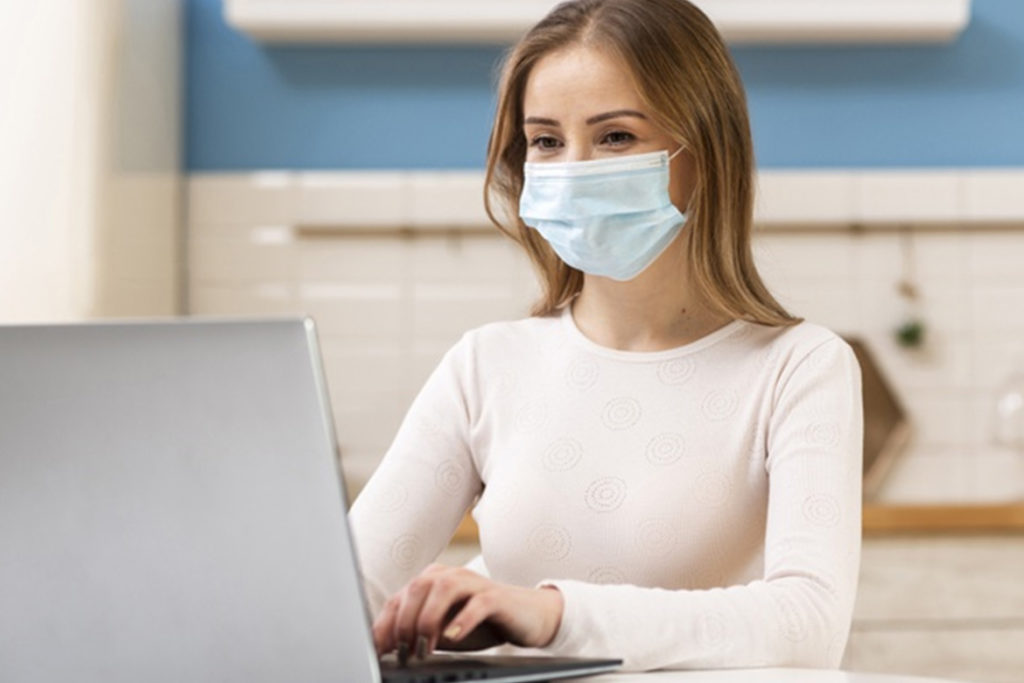
Approved by the Food and Drug Administration (FDA), a surgical face mask is a moderately-fitted, disposable mask. It is widely used by dentists, doctors, and nurses. It prevents large droplets of infected fluids from escaping through the nose and mouth. They also protect against droplets from sneezes and coughs.
- Respirators
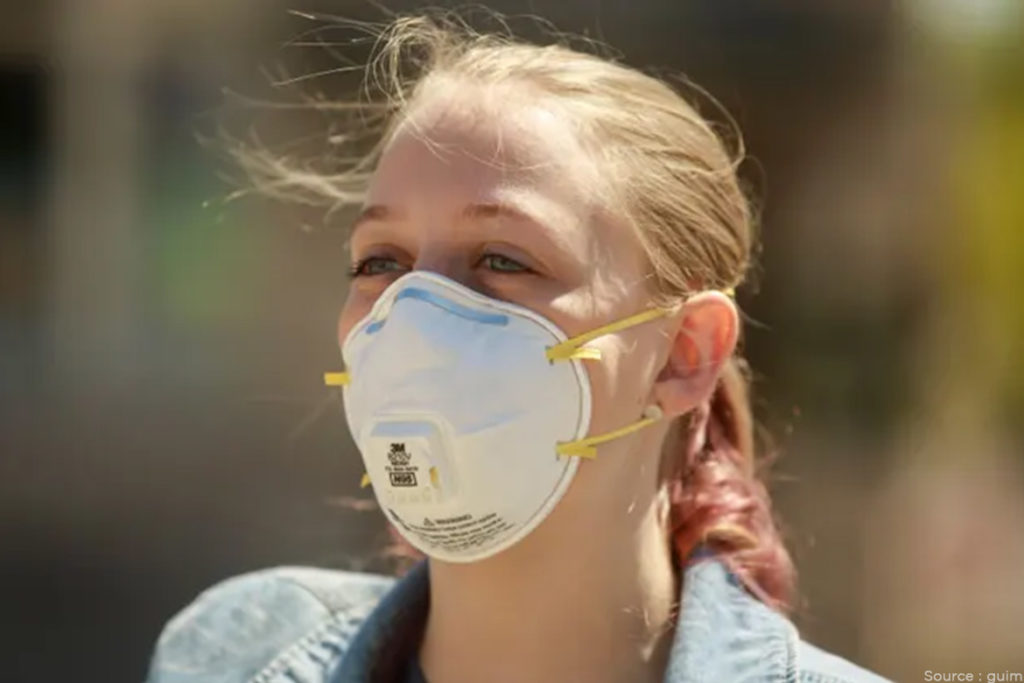
Respirators or N95 masks protect the wearer from small particles including viruses. It filters 95% of airborne particles and often used while handling toxic materials. Respirators are perfectly fitted to the face. It must form a perfect seal without any gaps to prevent airborne viruses. It is useful against airborne infectious diseases such as tuberculosis and anthrax. Respirators protect against large as well as small particles. Respirators are highly effective than regular face masks at preventing infections. When worn correctly, it removes 95% of particles sized 0.3 microns or larger. There is unavailability of N95 masks for health workers who are highly exposed to COVID 19. They need the strongest protection against the virus. It is difficult to fit. Hence, not recommended for general use. The mask has non-woven polypropylene layers that are moisture resistant. Around 75% of the outside air moves through the surgical mask and 25% travels around the sides. Hence, it doesn’t offer as much protection as respirators. The fabric masks are recommended for general use. It allows air in around the sides but lacks moisture-repelling, non-woven layers. It impedes only about 2% of airflow in.
- Efficacy of Face mask
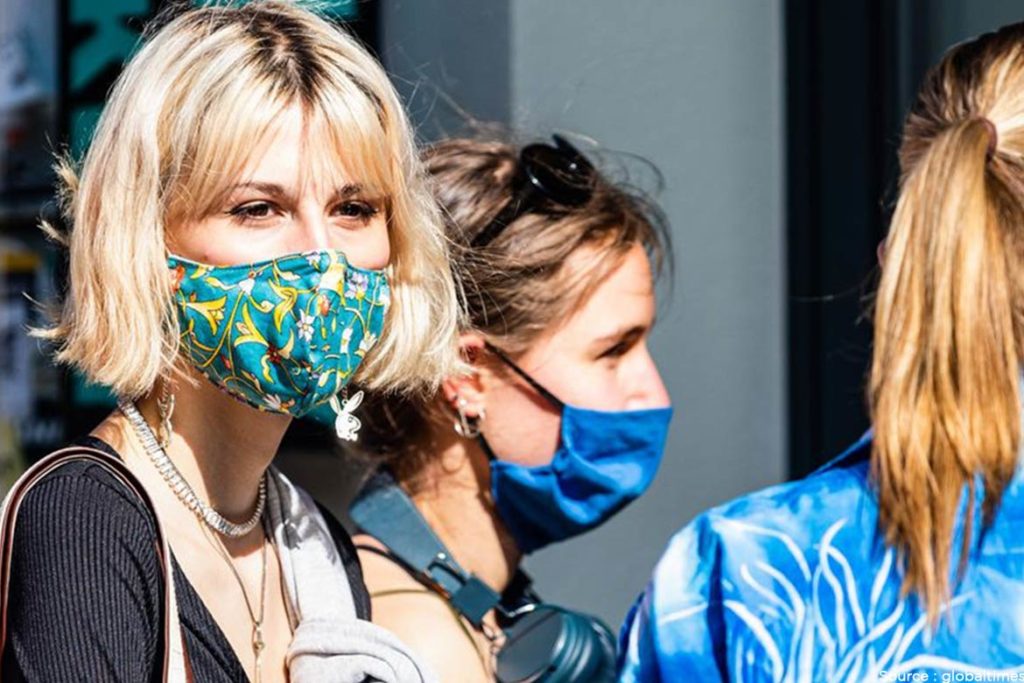
Many people don’t believe that a mask prevents anyone from catching a virus that is floating around in the environment. Airflow follows the least resistant path. The viral particles have an easy path with a surgical or fabric mask. The barrier might be enough to contain an initial jet of sneezes or coughs even if there are gaps in the mask. The surgical mask reduces the spread of the virus from an infected person. The mask reduces the spread of droplets and aerosols. In the samples taken with people who had put on the mask, researchers found no virus in either droplets or aerosols.
The efficacy of masks could have something to do with where these infectious invaders make their homes. If a virus is in the lungs, it might need to travel in smaller particles to make it out. If the virus is in the nose and throat, it may be easily mobilized in bigger droplets. The surgical mask can curb infected people from spreading the virus. The fact that asymptomatic people can also spread the virus is an argument for recommending masks for everyone. Experts have mixed opinions about the usefulness of non-N95 masks.
Home-made masks are the least effective. Fabric masks are not as protective as respirators or surgical masks. That’s why it is important to remain at least 6 feet apart from one another, even if everybody is wearing masks. The masks would only have a small effect on transmission. We shouldn’t rely only on masks to prevent the infection.
If worn correctly and frequently, face masks can reduce the spread of infection. Here are some guidelines for wearing a mask:
- Wear a face mask when you are nearby (5 feet) of a sick person.
- Put the strings to keep the mask firmly to cover the nose, mouth, and chin. Do not touch the mask until you remove it.
- Wear a face mask while visiting crowded places.
- Consider wearing a mask in crowded settings if the infection is widespread in your community, or if you’re at high risk for complications.
- Never reuse a surgical face mask or respirator.
- Wash your hands after removing the face mask.
- Wash fabric face mask after each use.
- The average masks from a local drugstore don’t provide enough protection.
- Masks with a fine mesh that can capture tiny organisms are recommended. It has to be worn correctly.
